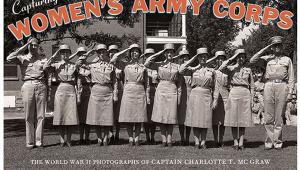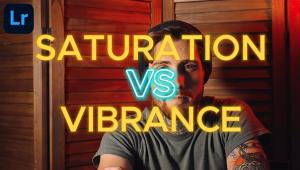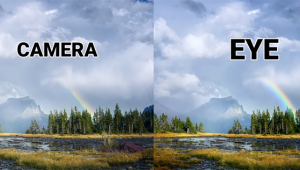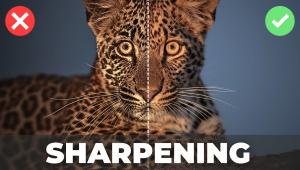WEWFFWF
Photographer’s Survival Manual; A Legal Guide For Artists In The Digital Age Page 2
Simply put, in every circumstance you are never wrong and always better off having a signed model release in your pocket. Releases, like copyright registrations, are cheap, excellent, and essential forms of business insurance.
The rights of a person in his or her portrait, image, likeness, or even voice are commonly termed “rights of publicity” or “rights of privacy.” These rights are independent of any of the photographer’s intellectual property rights, such as copyright. Copyright is just a photographer’s right to his images and how those images are shown and controlled. Subjects in your photos also have different and sometimes conflicting rights. In short, the person in your photo—whether a professional model or not—has rights too. Those rights may parallel those of the photographer or conflict with them. You may want to license an image to a particular client for particular purposes, but if the model does not grant the same rights by his or her consent, you cannot license your image for that purpose. The result being that you can’t make a buck. You must strive to derive as many rights from the model/layperson as possible. Ideally both photographer and subject will find themselves on the same page, licensing identical rights to a paying client or customer.
Copyright does not give a photographer any rights to show an image without a model’s consent. Want to put up wedding photos or a recent senior shoot on your website or blog? Well, you have to have a release to be properly protected. Depending on what state you’re in, you may be sued and you may lose.
It’s easy to see why stock agents, ad agencies, models, and their agents and clients specifically require being provided with a copy of the model releases: they permit intended use and prevent lawsuits. Images without accompanying releases are generally worthless for most commercial usages, with the notable editorial/fine art exceptions. Concern about proper model releases applies to all sorts of photography and all sorts of clients.
How To Avoid Your Worst Nightmare
1. Use a written model release all the time; get it signed. You’ll sleep better.
2. Always get releases from everyone in the photo. Spouses, girlfriends, significant others, employees, friends, and relatives. Everyone.
3. Other than for the exceptions mentioned earlier, every image is potentially valuable, so every image containing a person must be accompanied by a model release. Don’t fall into the trap of thinking that work is not valuable. You would be amazed at the number of average or so-so photos that have become extremely valuable because the person in the picture becomes famous or infamous, or because events change the context of the image.
4. Leave no blanks in a release and make sure it’s dated. Also make sure you obtain suitable identification from the model.
5. Provide a copy of the release to the model and then retain the original, if possible. If your savvy client requires the original, retain at least a signed copy.
6. Keep your signed release forever. You must retain the release so it can be given to your children and grandchildren. If anyone, even your accountant, tells you that you can throw out old model releases after a certain period of time, ignore the advice. There have been cases where the photo was taken decades prior to the objectionable use.
7. If the subject in the photo is a minor, obtain a written representation and proof if possible that the adult signing on the child’s behalf is legally authorized to do so. These days the odds are good that a child might be or become a product of a divorce; a parent in such circumstances might not have the authority to sign on the child’s behalf. That right might be held exclusively by the other parent.
8. Oral consent is usually not worth the paper it’s written on. There is nothing better than a written release.
9. “But she looked 18.” We love that one. Sounds as dumb in this context as it does in any other context. Ask to see a driver’s license. Make a photocopy and attach it to the release. As you know, minors cannot sign releases, right? Well actually they can sign them, they’re just worthless.
Author Bios
Ed Greenberg has been a trial lawyer and member of the New York Bar for over 30 years. Ed’s client list has included: Richard Avedon, Mel Sokolsky, Chris Usher, MacDuff Everton, Anita Kunz, and of course, Jack Reznicki. He has represented countless models, model agencies (including Ford Models), stylists, reps, agents, and The Society of Illustrators. Ed has been on the faculty and a guest lecturer at The School of Visual Arts in New York and has lectured nationwide on behalf of NAPP, PPA, APA, and EP.
Jack Reznicki is a world-renowned and respected commercial photographer based in New York City. His blue-chip clientele includes many major magazines, advertising agencies, and Fortune 500 companies. Jack sat on the board of directors and is a past president of Professional Photographers of America (PPA)—the largest and most respected association of professional photographers in the world. He has twice received the IPC (International Photographic Council) Leadership medal at the United Nations. Along with speaking at colleges and universities in the US, Jack was appointed a guest professor at Shandong University of Art and Design in Jinan, China, and named a Mo-Tse Grand Master Photographer in China. Jack is one of the original “Canon Explorers of Light,” an “Epson Stylus Pro,” and a SanDisk “Photo Master.”
- Log in or register to post comments

This book contains a lot of useful information about legal rights of the photographers, it has even some info about workers compensation claim. I bought it for my son, he loves photography since childhood, he is talented and some people suggested him to start making money with his camera.

Photographers should take care of these legal issues so that they can avoid all sorts of legal troubles. However, they should also stay informed about legal assistance available to them, for instance, if they get detained they should go for state bail bonds.
















































